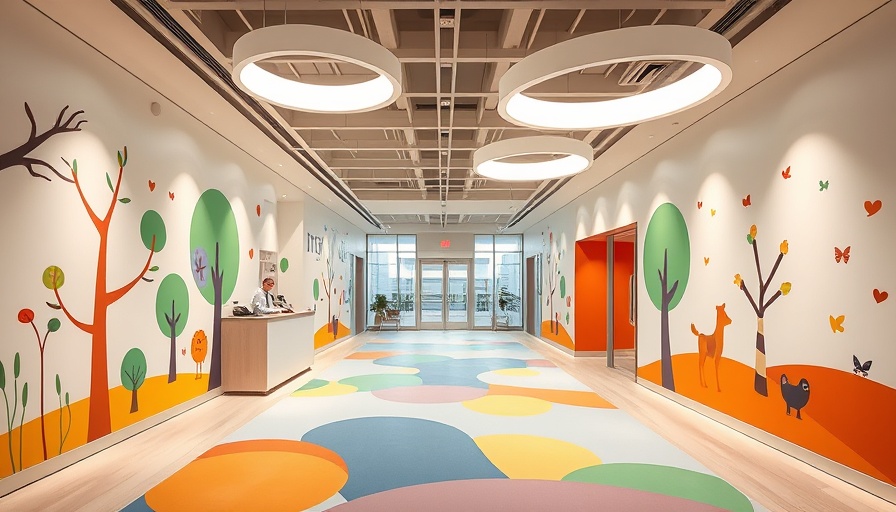
Emergency Preparedness: A Lifesaver in Healthcare Situations
At Berger Hospital in Circleville, Ohio, a recent incident where 55 patients had to be evacuated due to smoke in the basement serves as a vital reminder of the importance of emergency preparedness in healthcare settings. Luckily, in this case, the smoke was traced back to an overheated pump with no fire ensuing. However, the reality is that unexpected situations can arise at any moment, making robust emergency plans essential.
Understanding Hospital Evacuations and Their Unique Challenges
Unlike other buildings, hospitals face unique circumstances when it comes to emergency evacuations. As Larry Rietz from Jensen Hughes points out, healthcare facilities often require a partial evacuation or a defend-in-place strategy. This contrasts sharply with businesses or schools, where the emphasis is on quickly evacuating everyone as safely as possible. In healthcare settings, staff must consider patient conditions and safety protocols, which adds complexity to the response plan.
Why Frequent Drilling is Essential
Frequent emergency drills are crucial for preparing healthcare staff for various scenarios. According to NFPA 101 guidelines, drills should be conducted quarterly across different shifts. This ensures that staff is familiar with emergency signals and can respond swiftly under pressure, safeguarding patient safety while ensuring operational continuity.
Before the Emergency: Planning is Key
Facility managers have the daunting task of preparing for various evacuation scenarios. One effective strategy is to divide the hospital into smaller zones equipped with smoke or fire barriers. By doing this, patients and staff can be escorted away from potential hazards, limiting exposure and maintaining safety while still delivering care.
The Psychological Impact of Emergency Preparedness
Beyond logistics, it’s essential to understand the emotional factors surrounding emergency situations. For patients, unexpected evacuations can be stressful and frightening. By having a well-prepared and practiced team, patients can feel a sense of safety and confidence, knowing that the staff is well-equipped to handle emergencies effectively.
Looking Ahead: The Future of Emergency Protocols
As healthcare continues to evolve, so too will the protocols around emergency preparedness. Integrating advanced technology such as real-time communication systems can significantly enhance response times during crises. Emphasizing the importance of training, alongside innovative strategies, ensures that hospitals can maintain safety and efficiency in emergencies.
Emergency preparedness is not just a checkbox for healthcare providers; it's a commitment to patient care and safety. By prioritizing training, effective communication, and strategic planning, hospitals can better navigate emergencies, creating a safer environment for both patients and staff.
 Add Row
Add Row  Add
Add 




 Add Row
Add Row  Add
Add 

Write A Comment